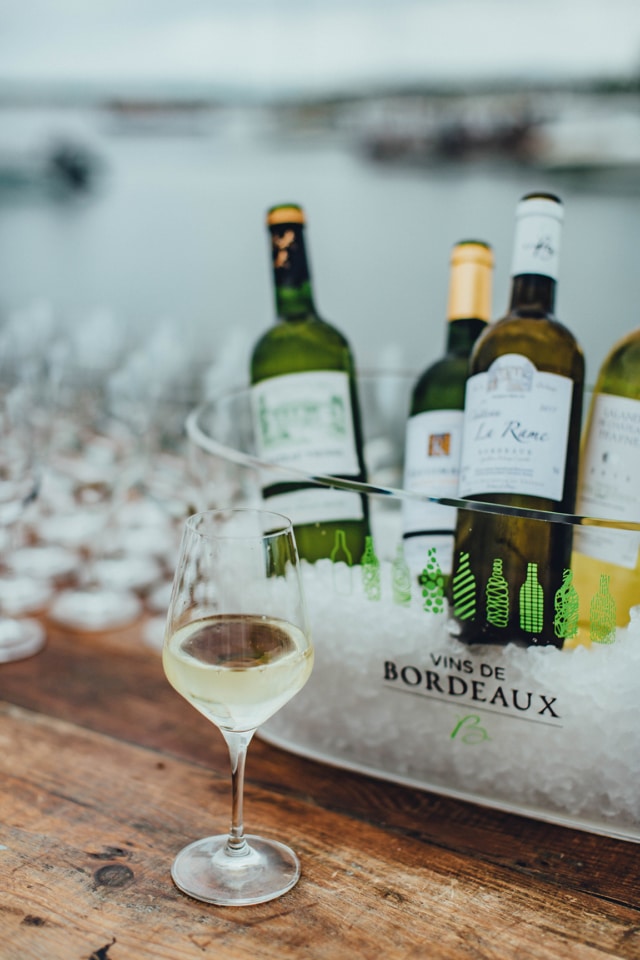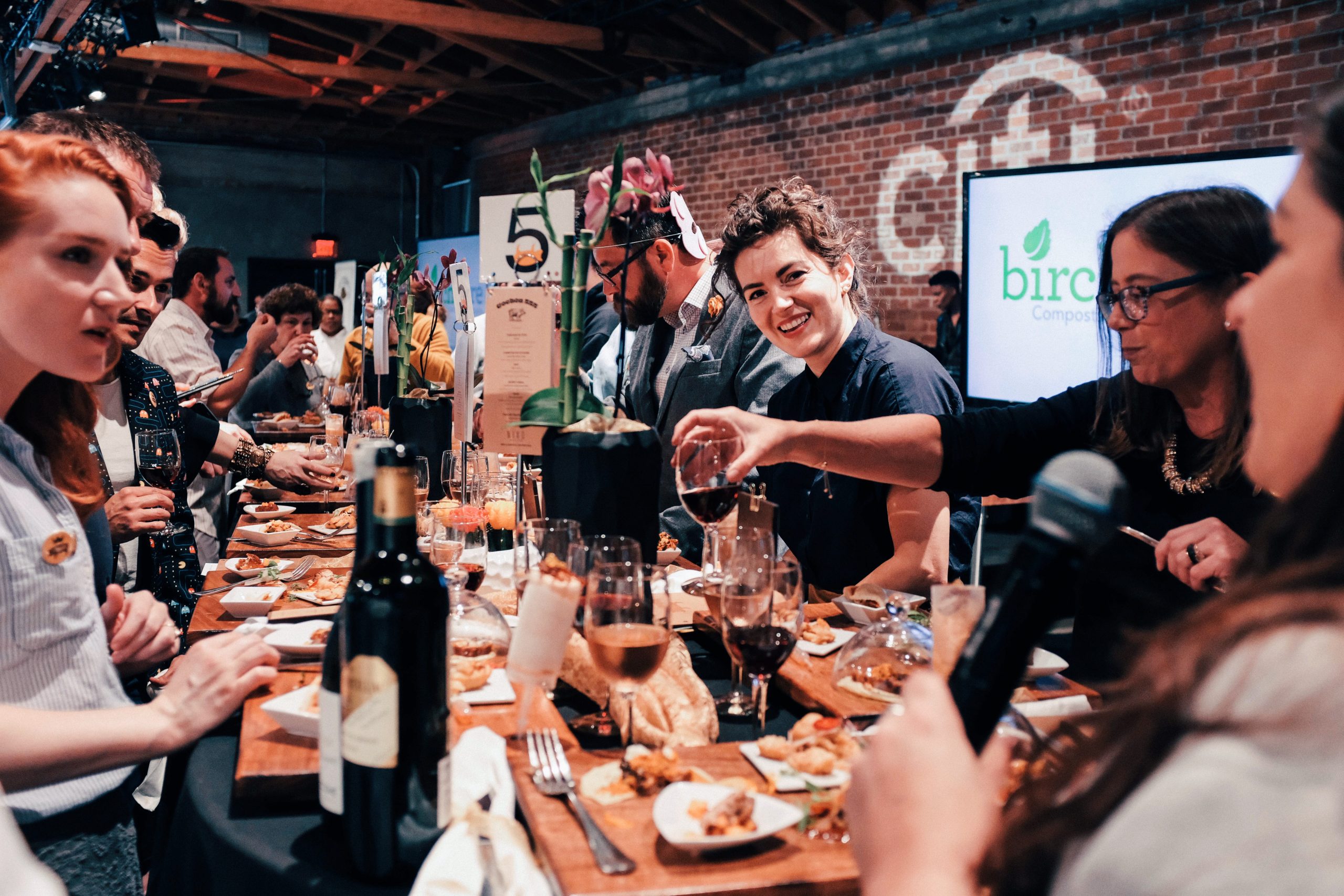©Favoreat / Vincent Pflieger
Meet the Red Wines of Germany

With a majority of Germany’s vineyards producing a variety of White wines–hello, Riesling–wine lovers flock to German wine country for a taste of the lighter side.
However, more and more German winemakers are turning to red varietals to expand their portfolio, experiment with flavor, and take advantage of their unique landscape to influence the final product.
Spätburgunder, a German Pinot Noir, celebrates warm, spiced flavors, picking up on specific aging techniques and soil qualities. When it comes to unparalleled grape quality, look no further.
Not far from the vine, Schwarzriesling, or Pinot Meunier is actually just a mutated cousin of Spätburgunder. Ripening earlier than its close relative, the color of wine this grape produces is a deeper red, while the flavor is not as complex.
Wine tourists visiting Württemberg will find varietals like Trollinger, an older red grape lending itself to smooth and elegant notes. Conversely, Lemberger offers a highly acidic experience with notes of cherries, blackberries, dark chocolate, and spice.
Meet the White Wines of Bordeaux

Known dominantly for its world-class red wines, Bordeaux is turning wine lover’s perceptions upside down with its burgeoning Sauvignon Blanc, Sémillon, and even Muscadelle.
In fact, did you know that Bordeaux is the birthplace of Sauvignon Blanc? This classic white wine has established itself as the ultimate selection when you’re looking for a bright, fruity, mineral-forward, and refreshing glass.
Wandering down a more full-bodied path? Sémillon brings a richness and warmth to Bordeaux’s white wine portfolio. Sweet, and citrusy, Sémillon golden skin shines through both in color and flavor.
For wine drinkers with a sweet tooth, meet Muscadelle. While you’ll also find a dry variety, sweet Muscadelle is the more popular selection. With a bit of a tangy bite, Muscadelle’s balance makes it a reliable sweet white hailing proudly from Bordeaux.
If you’re feeling adventurous the next time you reach for a bottle from Bordeaux or Germany, challenge yourself to pick the lesser-associated tint. You might just fall in love!
